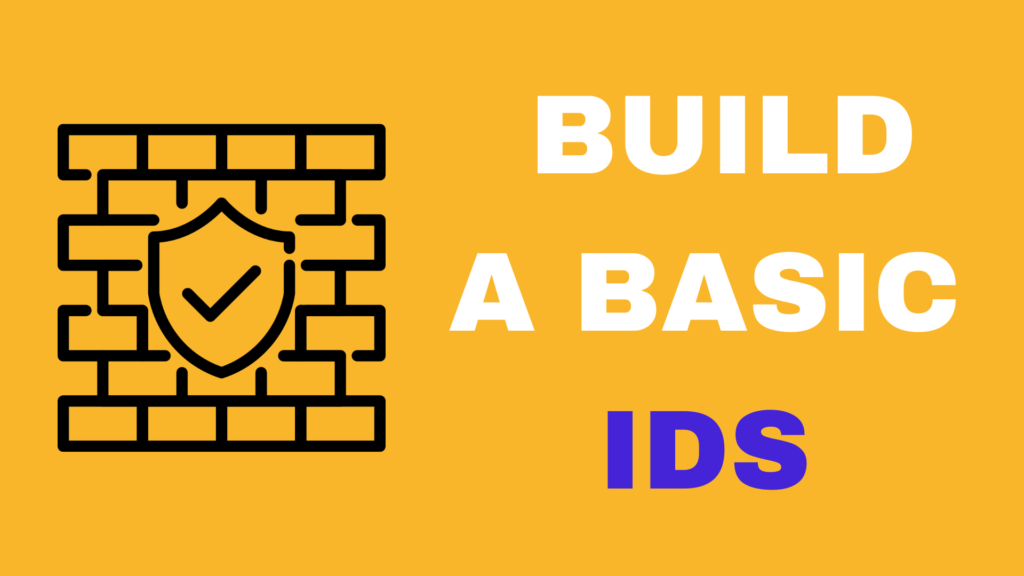Introduction
Firewalls are security systems that monitor and control incoming and outgoing network traffic based on predetermined security rules. They act as a barrier between the internal network and the Internet, providing protection against unauthorized access and malicious attacks. Firewalls come in different shapes, sizes and configurations, each offering unique features and capabilities that can be tailored to specific security requirements.
Chapter 1: Packet Filtering Firewalls
Packet filtering firewalls are the simplest and most basic type of firewalls. They inspect incoming and outgoing network packets and make decisions based on pre-configured security rules. Packet filtering firewalls can be configured to block or allow network traffic based on the source or destination IP address, port number, or protocol.
Packet filtering firewalls are relatively easy to configure and maintain, and they are cost-effective. However, they do not provide in-depth security as they cannot inspect the content of the packets, and they are vulnerable to sophisticated attacks such as IP spoofing and TCP session hijacking.
Chapter 2: Stateful Inspection Firewalls
Stateful inspection firewalls are a more advanced type of firewalls that provide a higher level of security than packet filtering firewalls. They inspect network packets in context with the entire network connection, and make decisions based on pre-configured security rules.
Stateful inspection firewalls keep track of network connections and the state of the communication between the endpoints, providing a more comprehensive security solution. They can inspect the content of the packets and detect attacks that packet filtering firewalls cannot, such as malicious payloads and buffer overflow attacks.
Stateful inspection firewalls are more complex to configure and maintain than packet filtering firewalls, and they require more processing power and memory resources. However, they offer a higher level of security and provide a more comprehensive protection against malicious attacks.
Chapter 3: Application-Level Firewalls
Application-level firewalls are firewalls that operate at the application layer of the Open Systems Interconnection (OSI) model. They inspect network traffic and make decisions based on the application being used, and the type of data being transmitted.
Application-level firewalls provide a higher level of security than stateful inspection firewalls, as they can inspect the content of the data being transmitted and detect malicious traffic in real-time. They can also detect and block malicious traffic that uses encrypted or disguised payloads.
Application-level firewalls are more complex to configure and maintain than stateful inspection firewalls, as they require a deeper understanding of the applications and protocols being used on the network. However, they provide a higher level of security and offer a more comprehensive protection against malicious attacks.
Chapter 4: Next-Generation Firewalls
Next-generation firewalls are a new breed of firewalls that integrate multiple security features into a single platform. They combine the features of packet filtering, stateful inspection, and application-level firewalls, providing a comprehensive security solution.
Next-generation firewalls provide a higher level of security than traditional firewalls, as they can detect and block malicious traffic that is not detected by other firewalls. They also provide additional security features such as intrusion prevention systems (IPS), virtual private network (VPN) support, and malware protection.
Next-generation firewalls are more complex to configure and maintain than traditional firewalls, as they require a deeper understanding of the security features being used. However, they provide a higher level of security and offer a more comprehensive protection against malicious attacks.
Chapter 5: Cloud Firewalls
Cloud firewalls are firewalls that are designed for cloud computing environments. They provide security for cloud-based applications and data, protecting against malicious attacks and unauthorized access.
Cloud firewalls offer the same security features as traditional firewalls, such as packet filtering, stateful inspection, and application-level inspection. However, they are optimized for cloud computing environments, providing enhanced security and scalability.
Cloud firewalls can be deployed as a cloud service, or as a virtual firewall running on a virtual machine in a cloud environment. They are cost-effective, as they do not require any hardware or software investments, and they can be scaled up or down depending on the security requirements.
Chapter 6: Wireless Firewalls
Wireless firewalls are firewalls that are designed to provide security for wireless networks. They protect against unauthorized access and malicious attacks over the wireless network, providing a secure connection between the wireless devices and the network.
Wireless firewalls offer the same security features as traditional firewalls, such as packet filtering, stateful inspection, and application-level inspection. However, they are optimized for wireless networks, providing enhanced security and wireless performance.
Wireless firewalls can be deployed as a standalone device, or integrated with a traditional firewall for a comprehensive security solution. They are an essential component for securing wireless networks, as they protect against wireless attacks such as wireless eavesdropping and wireless denial of service attacks.
Conclusion
Firewalls are an essential component for securing network infrastructure, providing protection against malicious attacks and unauthorized access. The different types of firewalls offer unique features and capabilities, and they can be tailored to specific security requirements. Whether you need to secure a cloud environment, a wireless network, or a traditional network, there is a firewall solution that can meet your needs. It is important to understand the different types of firewalls, their features, and their capabilities to make an informed decision when choosing a firewall solution.


